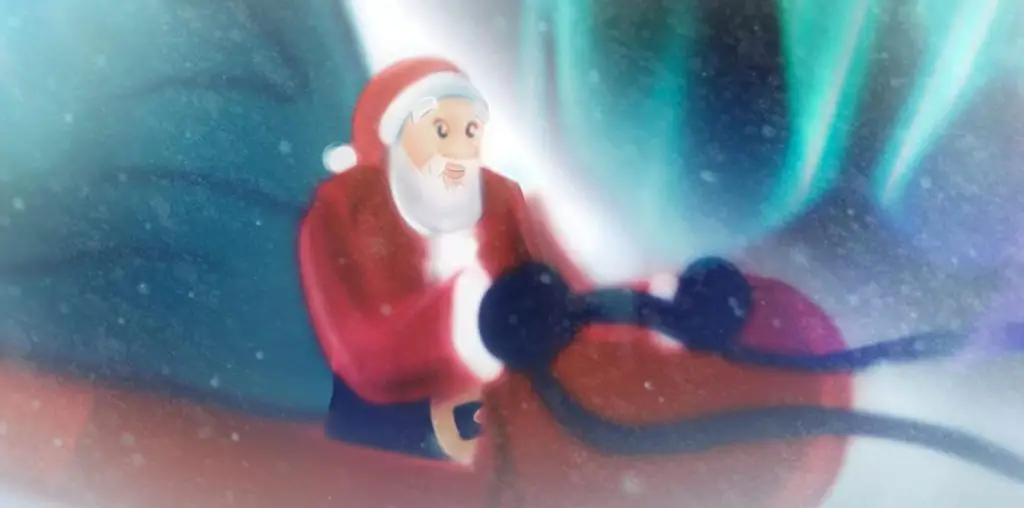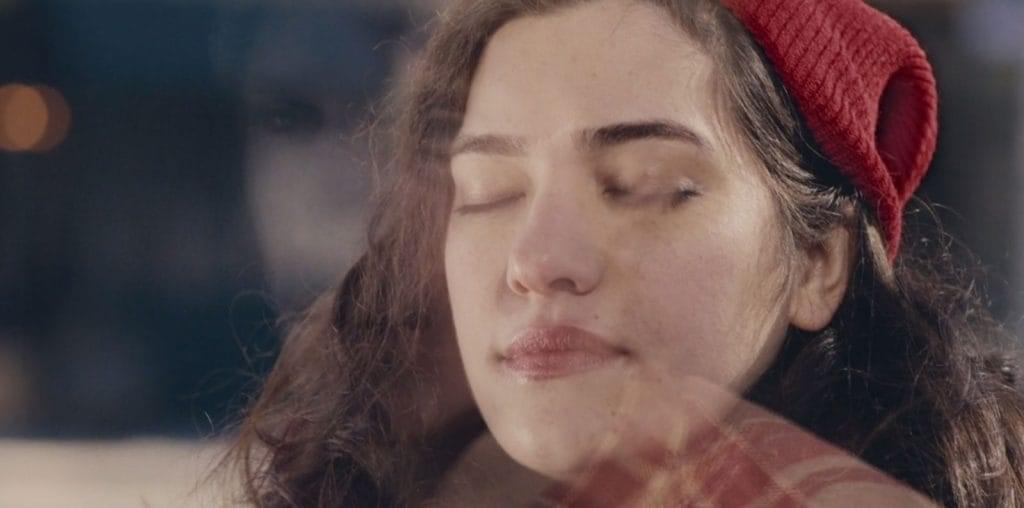
The final day of the 2005 Wisconsin Film Festival was spent with a pair of documentary laments for the 1980s, an era in which, apparently, the sun shined brighter, the birds sang louder and the TV was better (as a quick side note, take it from someone who lived through each and every day of that crummy decade: 1980’s nostalgia is a crock. You have no idea how much better things are now. I wouldn’t go back for all the bean sprouts in Japan). The last point, at least, is the Big Idea behind “Z Channel: A Magnificent Obsession,” which details the rise and fall of the titular TV station, an early foray into the movie-channel format in the salad days of cable. Helmed by a man by the name of Jerry Harvey, Z Channel could best be described as some manner of televisual crack for the pre-video movie fiend. Harvey’s tastes were as catholic as they come; his programming schedules mixed art house obscurities, cheap slasher films, children’s cartoon features, adult cartoon features, the most middlebrow mainstream fare, Hollywood classics, German silent movies, you name it. Although he had his favorites, Harvey appears to have had enough love for the moving image to allow just about any film into his heart.
“Z Channel” is really three films in one. The first is the story of the station and its uphill struggle to stay financially solvent and on the air. While it heroically succeeded for the first few years of its existence (selling double the subscriptions of both HBO and Showtime), it was ultimately dashed on the rocks of the cutthroat cable industry, never expanding beyond the Los Angeles area (A particularly heartbreaking detail of the final days was the station’s last, desperate attempt at re-branding: for a time it called itself “Z Channel Plus” and offered sports programming alongside the usual film fare. Results of this experiment were exactly what you think they were, but the very notion of a Rams game in the middle of a Bergman marathon sent a spasm though my sports-phobic brain).
The second film-within-the-film is a documentary about six or seven particular movies that played on Z Channel and, as a result, experienced a critical reappraisal, popular revival or otherwise gained a second life. These are probably the most interesting – or, at least, most fun – parts of the film. There’s not much that can detract from seeing scenes from “The Leopard”, “The Wild Bunch”, “Once Upon a Time in America” or even – okay, especially – various softcore sex films on the big screen. And if you thought that the ‘Rutger-Hauer-masturbates-on-the-bedroom-wall’ scene in “Turkish Delight” was disturbing when you saw it by yourself on TV, then you really need to experience it in a dark room with a bunch of strangers.
Aside from the obvious pleasures, though, these segments are interesting for other reasons. According to “Z Channel”, Harvey was one of the first to realize that there was a certain audience out there who wanted to see a film in its original aspect ratio, even if it meant putting up with unsightly black bars on the TV screen. The concept of the ‘director’s cut’ appears to owe its existence to Harvey as well, as he went out of his way to not only acquire unmolested prints of “Heaven’s Gate”, “Once Upon a Time in America” and other famously tinkered-with flicks, but to promote them to his viewers as the ‘real’ version that ‘they’ didn’t want you to see. The armies of technicians who earn their living painstakingly restoring the deleted scenes to cinematic evergreens such as “Soul Plane” for ‘unrated director’s cut’ DVDs ought to say a prayer for Jerry Harvey every night before they go to bed, for it was he who stoked the public appetite for ‘alternate’ editions of what they saw in the theater just months ago.
And film number three: this one first appears in fits and starts throughout, as interviewees recall episodes of Harvey’s depressive temperament and chemical dependencies. But it doesn’t really get going until the end, when it is revealed that, one night, Jerry Harvey fatally shot first his wife and then himself. No one who knew the couple at the time could have predicted such a thing, no note was left at the scene and to this day the reasons for the incident remain unclear. This part of the film is, needless to say, not nearly as much fun but probably necessary. It interrupts the cinephile wet dream with the bracing, unpleasant noise of the real world, reminding us that there’s more to life than the movies.
At least I think that’s what was being got at; in any case, it was a sentiment I had a lot of sympathy for at the moment. I was stiff and sore from sitting for the past three days straight, I was sleep-deprived enough to nod off in public places, I hadn’t seen my wife all weekend and I’d simply reached my saturation point: I was sick of watching movies. That Sunday was one of the few bursts of pleasant weather that you get if you live in Wisconsin. Other people were going for walks, reading in the shade, enjoying a drink with friends or simply breathing in the cool fresh air. What was I doing? Rushing across town to sit in a dark, chilly room with a bunch of other people who also had no sense, all so I could satisfy some masochistic urge to fry as many rods and cones (to say nothing of brain cells) as possible before the weekend was out.
Those were the thoughts in my head as I made my way down the street to “Nomi Song”, my next movie. It took an iron will to get into that theater; it also took a rudimentary sense of direction, as well as the ability to read the instructions on my ticket. It turns out that I had much greater reserves of the first quality than of the other two, as I not only got lost on the way over, but, upon arriving, discovered that I was at the wrong place entirely and had to hustle across campus in order to be only fifteen or twenty minutes late to “Nomi Song.” Hustle I did, cursing myself out every step of the way. I stumbled into the auditorium having missed who-knows-how-much of the beginning, no doubt making a terrible spectacle of myself in the process.
Fitting, then, that “Nomi Song” is a tribute to one of the great human spectacles of our time. Klaus Nomi, for those not in the know, was a genuine oddball: a classically-trained German émigré with an inhuman vocal range, Nomi emerged from the late-70s lower Manhattan no wave/gay/performance art/Warhol scene with his own particular blend of opera, pop and punk (it somehow works, trust me). He claimed to be from outer space, and did his level best to back up that claim: of the dozens of photographs and bits of footage of Nomi that appear in this film, I counted maybe three in which he was not wearing his trademark black-and-white makeup with his Dracula-by-way-of-Duchamp outfit. His blend of truly fascinating music and sheer weirdness quickly caught on in New York, but the few attempts to take his act to the rest of the country now seem doomed from the start; particularly amusing was his one-night stint opening for Twisted Sister in New Jersey (I could smell the smugness in the room when one of his surviving bandmates reminisced about “an amazing show we had in Madison, Wisconsin…”). Nomi eventually found some measure of success in Europe in the very early 80s and seemed to be ready for another crack at the US when he came down with a mysterious disease…
I have to say that, as much as I liked the film’s early celebration of Nomi’s strangeness, the most interesting part for me personally was the depiction of life in the horrible early morning of the AIDS crisis. I’m under thirty (still); AIDS, for me, has always been as real as oxygen or gravity. For that reason, I always find it fascinating to hear people who were on the front lines, so to speak, talk about how inconceivable the idea was at the time. Nomi was an early enough casualty that they were still calling it GRID (Gay-Related Immuno-Deficiency) when he died.
The film’s coda – a clip from “It Came From Outer Space” – suggests that Nomi was ahead of his time – he could’ve hit the big time, but the audience wasn’t ready for him yet. I’m not so sure that he was as prescient as, say Jerry Harvey – Nomi’s whole new/no-wave aesthetic was too ‘space age’, practically retro – but his era was probably less accepting of flamboyantly gay space aliens than ours is (and it makes a nice hook to hang this article on, so I’ll go with it). So, to all the kids who are reading out there, if you really want to get a sense of what the 1980s were like, pitch all those retarded John Hughes movies in the trash compactor and see these two fab documentaries (everyone else is also advised to see these fab documentaries, as well as to pitch John Hughes movies into the trash compactor). It wasn’t just nincompoops wearing leg warmers and listening to ‘Thriller’, there was technological change and performance art and softcore porn on TV and goofy androgynous opera singers and people shooting each other or dying of strange epidemics; y’know, a mixed bag.
As was this year’s festival as a whole, honestly, but whoever heard of a film festival in which every entry is well-made, tasteful and enlightening? These things exist to showcase the boring, pretentious and just plain dumb as well as the unheralded masterpiece. I may complain, but I had a good time at the festival; even the fatigue and exhaustion was kind of fun. I’d do it all over again and I probably will. See you next year.
Check out Day Three coverage>>>

